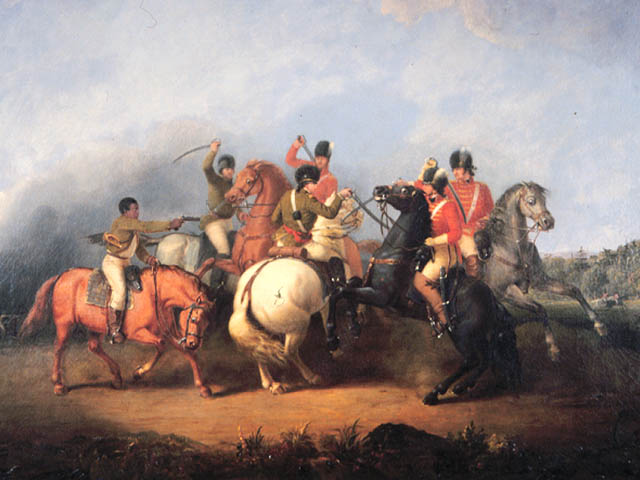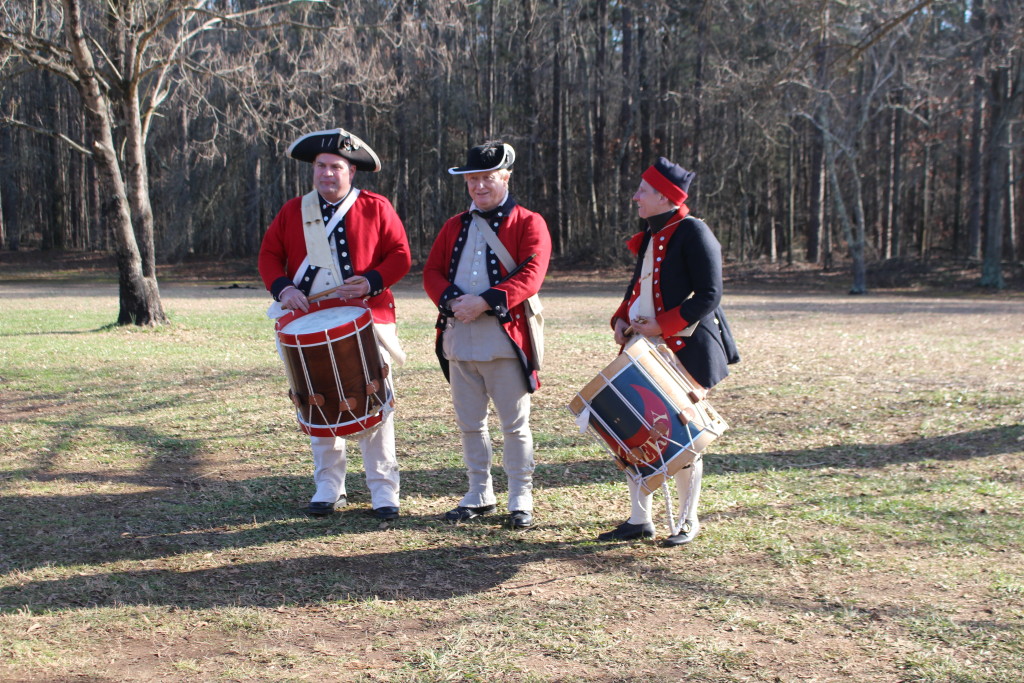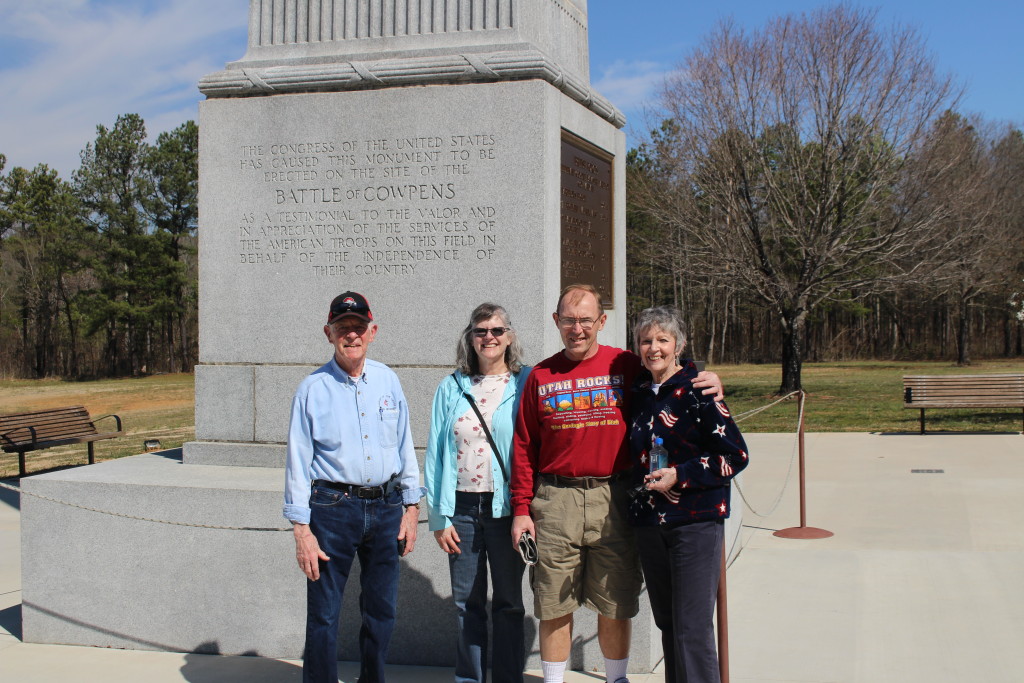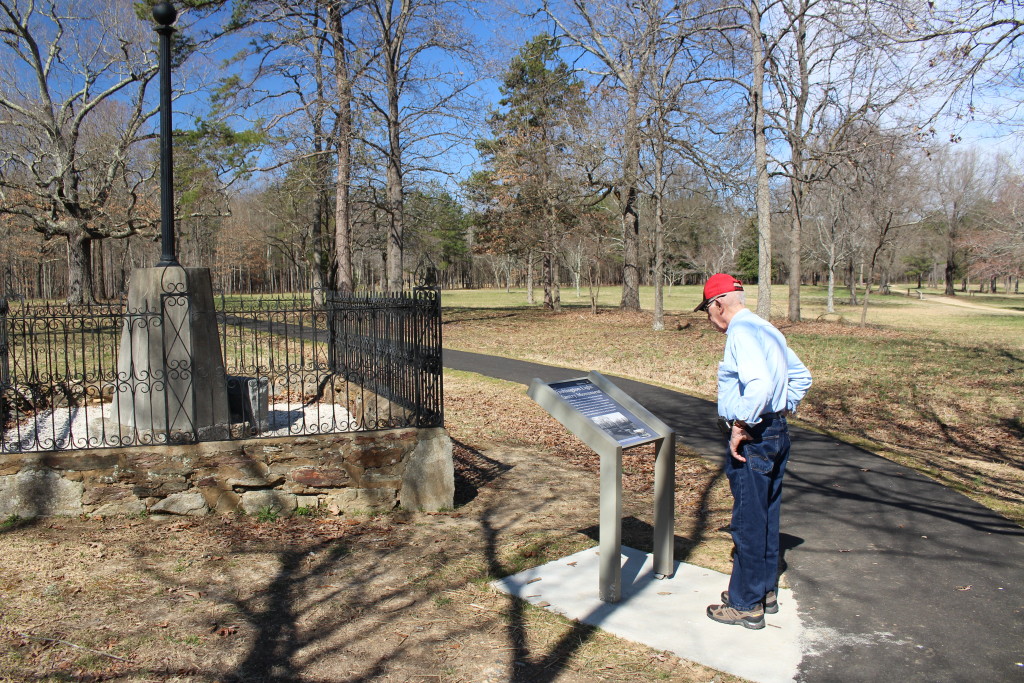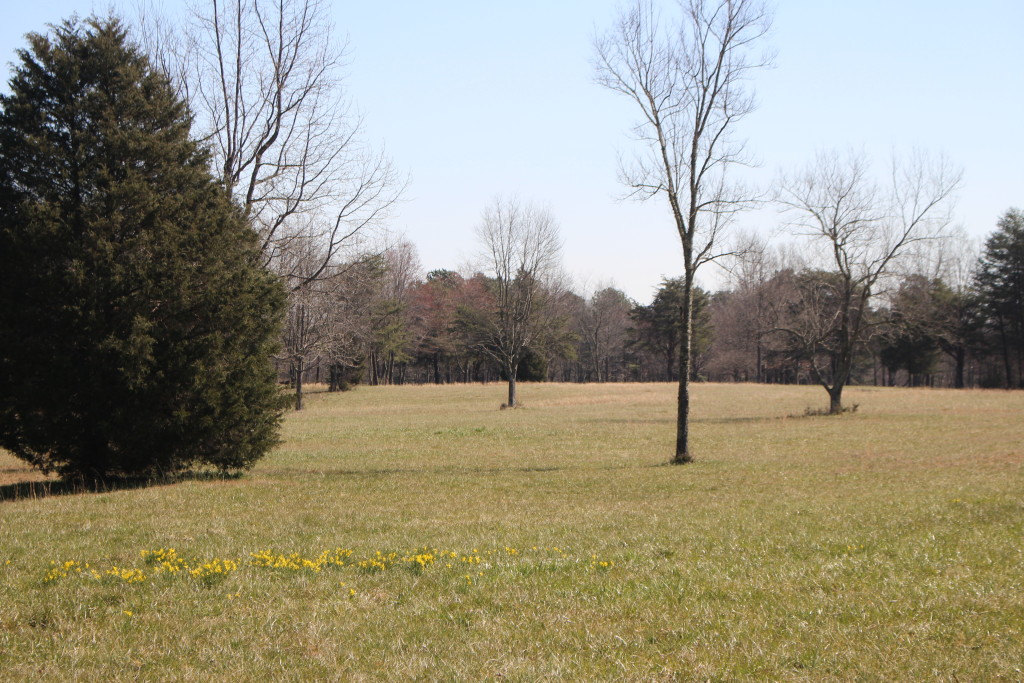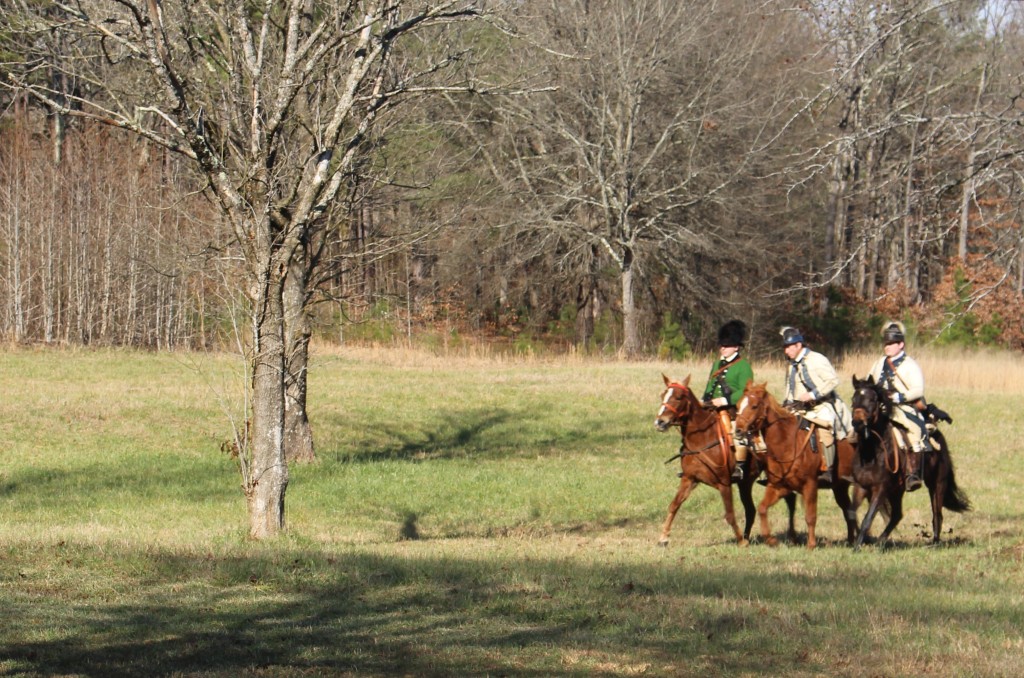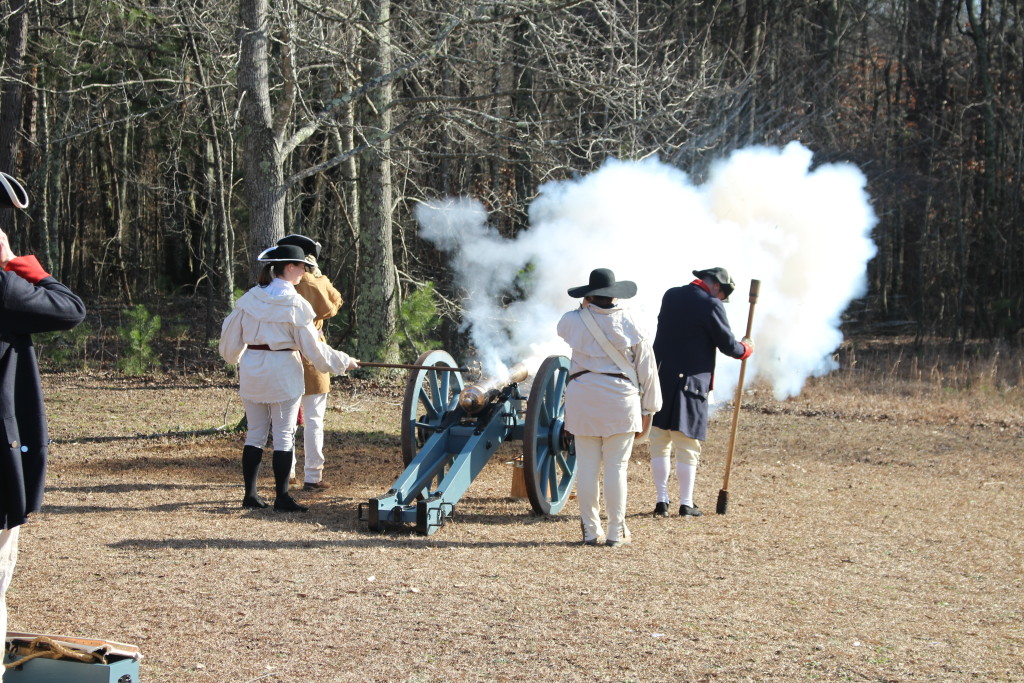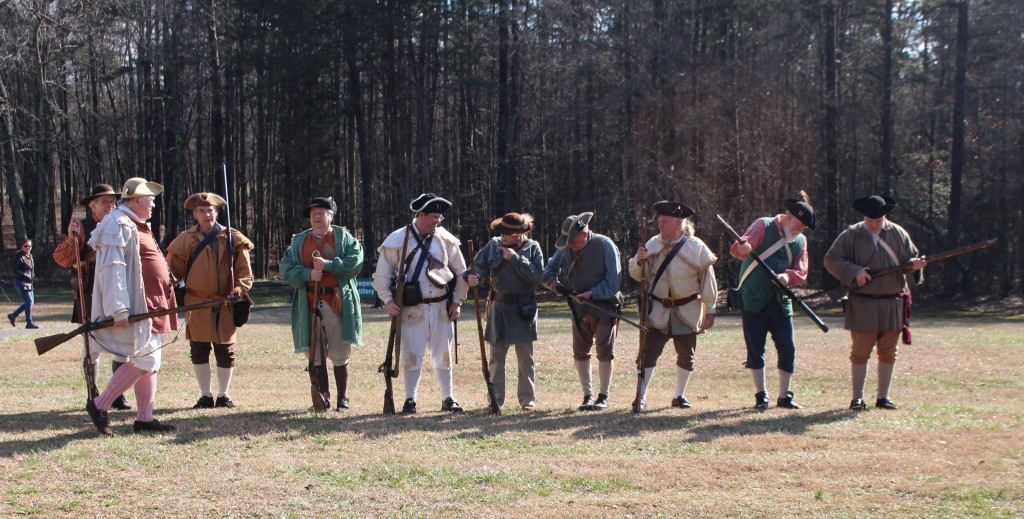On January 17, 1781, General Daniel Morgan and his patriots met Colonel Banastre Tarleton with soldiers loyal to the King at the Battle at Cowpens. This battle was three months after Kings Mountain and only 30 miles away, but the situation was very different. Kings Mountain was instigated by the Overmountain Men, set on defeating Major Patrick Ferguson. It was the first significant victory over the Loyalist forces in the Carolinas.
Cowpens was a battle fought primarily by the regular army on both sides. General Nathanael Greene had taken over the southern patriot army for the disgraced General Horatio Gates after the battle of Camden. George Washington had given Greene one main instruction: do not lose the army! You may remember than two southern armies had already been lost. General Greene was determined to keep faith with this single instruction from his commanding officer, so he took time to drill and provision his army before engaging Cornwallis in battle. He had several very good officers under his command. One of them, General Daniel Morgan, was charged with holding the western flank.
In December of 1780, Morgan moved his portion of the Continental army into the western Carolinas. They were to seek out provisions and gain the loyalty of the settlers in the area west of the Catawba River. Morgan had 600 Continental soldiers and a similar number of militia led by Andrew Pickens. They were joined by other militia from the Carolinas and Georgia.
When Cornwallis heard that this force had moved into South Carolina, he sent Colonel Banastre Tarleton and his dragoons after them. Of course, Tarleton thought the patriots would be easy to find and defeat. After all, Tarleton was an expert at chasing people down. Morgan led him on a chase for a while, but Morgan knew that he could not stay ahead of Tarleton indefinitely. Morgan searched for ground on which to meet Tarleton and found it at Cowpens, a field that provided good forage for cows being driven to market in Charleston. The ground at Cowpens looks flat, but it has several ridges that Morgan thought he could use to advantage.
Morgan planned the coming battle brilliantly. He used the militia in a way they had never been used before – one that took advantage of their propensity for running away from British bayonet charges. Morgan set up a line of skirmishers behind a low ridge. These were men who were particularly skilled at shooting their rifles. Then he set up a second line of militia behind another rise. Morgan told his skirmishers and militia that they only had to fire twice, and then they could retreat to the left, where Pickens would gather them to prepare to strike again. Behind a third rise, Morgan placed his seasoned Continental soldiers. He also had cavalry that he kept in reserve to be used as needed. On the morning of January 17, 1781, Morgan’s forces were prepared to meet Tarleton.
Tarlteton, finding out that Morgan had stopped at Cowpens, charged immediately onto the battlefield. He did not take time to scout the area or find out the force of the patriots. Instead, he sent his dragoons and Provincial regulars charging head on at the patriot lines.
Morgans’ skirmishers and militia did just as he had asked. The skirmishers fired twice, with deadly accuracy, and then ran away as the British soldiers advanced. The militia line also fired twice and ran away. Tarleton, believing that he had the patriot forces in full retreat, charged with his dragoons down the center of the field. He was quite surprised when the Continental regulars suddenly stood up and fired round after round at his army. The dragoons turned and retreated, leaving the field to the Provincial soldiers. The fighting was hard and bloody, hand to hand in many places.
It looked like the battle at Cowpens might be won by the British soldiers, but Pickens had been gathering the militia and – just in time – threw them into the battle. The tide of the battle turned and the Loyalist soldiers, including many humiliated British and Scottish companies, were captured. The reserve cavalry chased Tarleton who had turned and run away when he saw his forces being defeated but were unable to catch him.
At the Battle at Cowpens over 700 British and Loyalist forces were taken prisoner. These men represented the cream of the crop of Cornwallis’s army, and it was devastating for them to be defeated in this way. The British realized, perhaps for the first time, that they might not be able to win this war.

